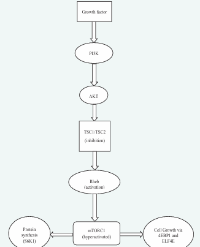
The Impact of Neuropsychiatric Symptoms of Alzheimer’s Disease on Family Caregiver’s Distress
Neuropsychiatric disturbances usually appear earlier than the cognitive symptoms as a result of the heterogeneous neuropathic and neurochemical alterations present in different kinds of dementia.
Such disorders are highly affected (and often activated) by environmental factors, especially by the relationship between the patient and the caregivers The bio-medical approach is based on the pathology and on interventions aiming at mitigating the symptoms or curing the disease. We should aim at improving the quality of life, rather than focusing simply on health care.
Behavioural disorders severely affect the quality of life of the patients and their families, resulting in the patients’ hospitalisation and frequently provoking burn-out syndrome on the carers. The objective of our study was to evaluate the care burden in relation to behavioural Disturbances.
ATomasello L¹,²*, Ranno¹, Raffaele², Laganà³, Pitrone³, and Alibrandi⁴

